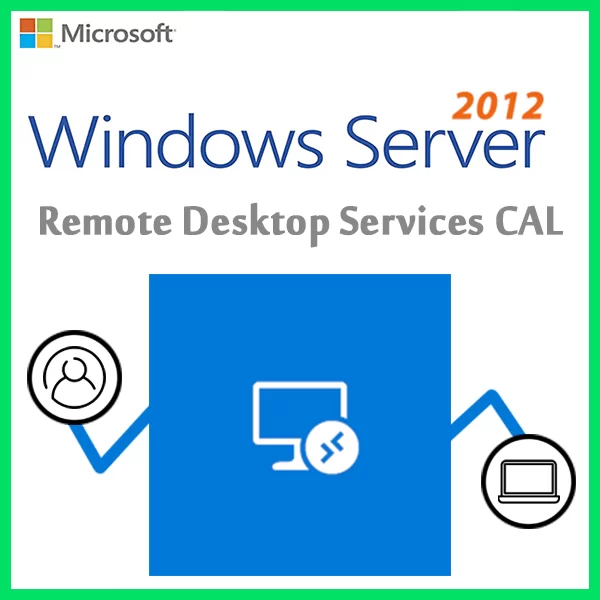Home » Windows Server Datacenter vs. Standard: Choosing the Right Edition
Windows Server Datacenter vs. Standard: Choosing the Right Edition
When it comes to deploying Windows Server for your organization, one of the crucial decisions you’ll face is selecting the appropriate edition. Two common choices are Windows Server Datacenter and Windows Server Standard. Each edition offers distinct features and capabilities, and choosing the right one is essential to meet your organization’s needs efficiently. In this guide, we’ll explore the differences between Windows Server Datacenter and Standard editions to help you make an informed decision.
Understanding Windows Server Editions
Windows Server Standard Edition
Windows Server Standard is designed for small to medium-sized businesses with limited virtualization needs. It provides essential server functionality and features.
Windows Server Datacenter Edition
Windows Server Datacenter is a more robust edition suitable for organizations with high virtualization requirements. It offers advanced features and unlimited virtualization rights.
Key Differences
Virtualization Rights
One of the most significant distinctions is the virtualization rights each edition provides. Windows Server Datacenter allows for unlimited virtualization instances on the licensed server. In contrast, Windows Server Standard permits only two virtual instances.
Licensing Model
Windows Server Standard typically uses a per-core licensing model, where you pay based on the number of physical cores on the server. Windows Server Datacenter also uses per-core licensing.
Features
Windows Server Datacenter includes all the features available in the Standard edition and provides additional features like Storage Spaces Direct, Storage Replica, and Shielded Virtual Machines.
Scalability
Windows Server Datacenter is more scalable and suitable for large organizations or data centers where extensive virtualization and high availability are required.
Choosing the Right Edition
The choice between Windows Server Datacenter and Standard depends on your organization’s specific requirements:
- Windows Server Standard is ideal for small to medium-sized businesses with limited virtualization needs. It’s cost-effective and provides essential server functionality.
- Windows Server Datacenter is suitable for large enterprises, data centers, and organizations with extensive virtualization demands. It offers unlimited virtualization rights and advanced features.
Considerations for Your Decision
- Virtualization Needs : Assess your virtualization requirements and determine how many virtual instances you need to run on the server.
- Budget Constraints : Consider your budget and licensing costs when making your decision.
- Feature Requirements : Review the features offered by each edition and identify if any specific features are critical for your organization.
- Future Growth : Plan for future growth and scalability to avoid having to upgrade your server edition later.
Choosing between Windows Server Datacenter and Standard is a critical decision that can impact your organization’s efficiency, scalability, and costs. By understanding the differences between the two editions, assessing your organization’s needs, and considering your budget constraints, you can make an informed choice that aligns with your business goals.
Recent posts

DHCP and DNS Services: Essentials for Network Functionality
Explore the critical roles of DHCP & DNS in networks, enabling efficient IP address management and domain name resolution.

Understanding File and Storage Services in Windows Server
Explore Windows Server’s File & Storage Services for efficient data management, storage, and sharing within networks.

Exploring Active Directory: Core Functionality and Benefits
Discover the fundamentals and advantages of Active Directory for efficient user management and network administration.











